Game Designers:
Caroline Gao, Michael Hayashi, Carina Ly
Printable Deliverable:
Linked here.

Artist’s Statement:
Customer abuse toward service workers has been on the rise, and the mistreatment of frontline service workers affects their health and productivity. Many customers have never worked in the service industry before, and thus have no real idea of how difficult it is to work behind the counter – there are endless factors, constraints, and priorities to keep track of. Our Chipotle-play ecosystem models a newly established Chipotle restaurant. There are four players: a manager, kitchen leader, and cashier, who form the Chipotle crew, and a corporate “head honcho.” Everyone except the head honcho is trying to keep the new establishment alive for at least three days; otherwise, the establishment shuts down.
We want players to walk away with greater empathy towards service workers and a better understanding of all possible components / moving parts, prioritizations, and decision-making behind running a seemingly “simple” restaurant (since as customers, we only see one (yummy) side of it).
We accomplish this by having players lean into their specific roles (for example, the Chipotle crew self-selects who the manager is, and the manager then assigns the remaining roles), and having players learn to cooperate and decide how to balance ingredients, money, and customer orders under certain time constraints (all under the eye of the head honcho, who ensures no cheating or wrong orders occur). For example, crew members have to decide whether to purchase more ingredients in order to serve more customers, but then potentially risk losing money if they don’t use all ingredients by the end of the day. The time constraints and watchful head honcho within our game mimic stressors that real service workers may feel, too.
Concept Map:
High-quality Figma here.

System Decisions / Formal Elements:
Objects are the employees, ingredients, money, and customer orders. Employees must use the money to buy tables and individual ingredients to satisfy individual customer orders.
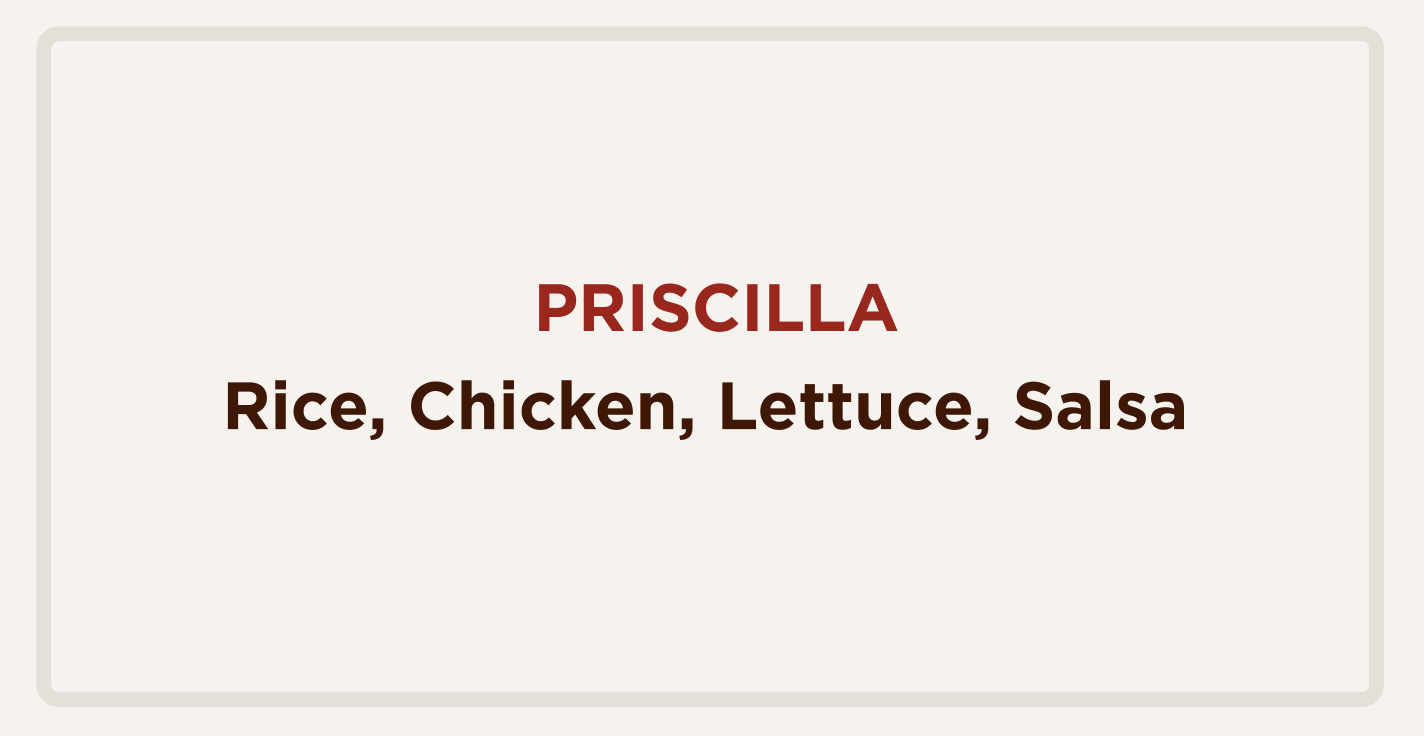



Employees either earn money by successfully serving a customer on time or lose money by failing to serve a customer within the time constraint. Our tap is buying more tables or ingredients. Our converter is turning money into ingredients for different orders. Each player’s inventory is the ingredients they hold (different amounts depending on how the ingredients are bought and distributed).
One loop is when each Chipotle crew member uses an action (1 round). Depending on each player’s role, each player has specialty actions. For example, a manager can either purchase new tables / ingredients or help fulfill a customer’s order, and a kitchen leader can fulfill customer orders at a faster pace. Players see after they execute an action whether it was the right choice (fulfilling a customer action faster earned them more money vs prioritizing spending money to purchase a table led to more customers in the future) and receive feedback. Over time, players learn how to maximize efficiency / make the most money in the shortest amount of time.
Our arc is 1 day (or a 5-minute time period). There are 3 arcs throughout the game (and the players have to stay alive and be above $0 by the end of the third day / arc). During each day, players attempt to satisfy as many customers as they can and are either rewarded or punished accordingly. The players start with a mental model, apply their specific actions (placing ingredients down for customers), and receive feedback (how many customers they were able to serve). Different unpredictable scenario cards are drawn before the start of the 2nd and 3rd days to determine a new setting (an example scenario is losing a table or access to certain ingredients for various reasons).
Testing and Iteration History
For the first playtest, we experimented with the rules and mechanics of the game. We had a breakthrough in creating excitement and enjoyment in the game when we added a time-pressure component in the middle of playtests. In the subsequent ones, we focused on balancing the game by adjusting roles and modifying the value of ingredients and customers.
First Playtest:
Because of how primitive and early the game was in the design process, this session mainly tested setting up the Chipotle restaurant. Speaking aloud, playtesters revealed interesting design constraints for cost tradeoffs and optimizing customer flow. They didn’t necessarily want to optimize for tables and considered having a no-sitting restaurant to hoard as much money as possible; since they didn’t know how the rest of the game worked, they didn’t want to risk superfluous spending up front. From this, we modified the restaurant layout and the pricing for furniture.
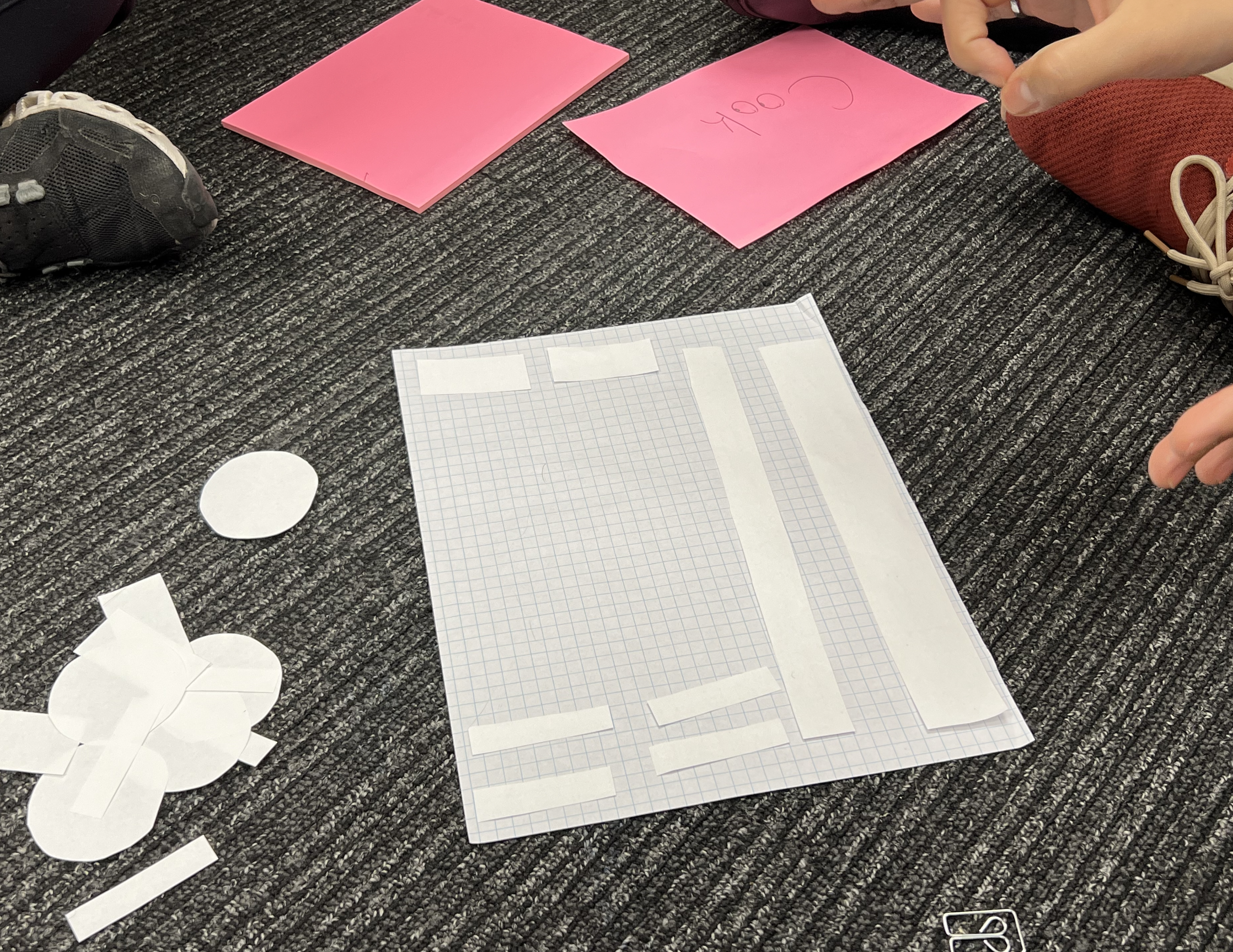

Second Playtest:
After playing, one playtester revealed they “wanted more delight.” They felt as though there was no pressure to the game and they were monotonously receiving and spending ingredients. We deduced that we needed to create more excitement by changing some mechanics in the game. They suggested we have more currency in the game like a Yelp review system, but we didn’t want to overcomplicate the game with too many quantitative factors. We decided to keep it simple by focusing only on money. To mimic the fast-paced nature of preparing food at a real Chipotle, we decided to implement a time mechanic. On the strategy side, we noticed that some of the pricing for ingredients were inaccurate, and this is one factor that we continuously iterated in the following playtests as well.
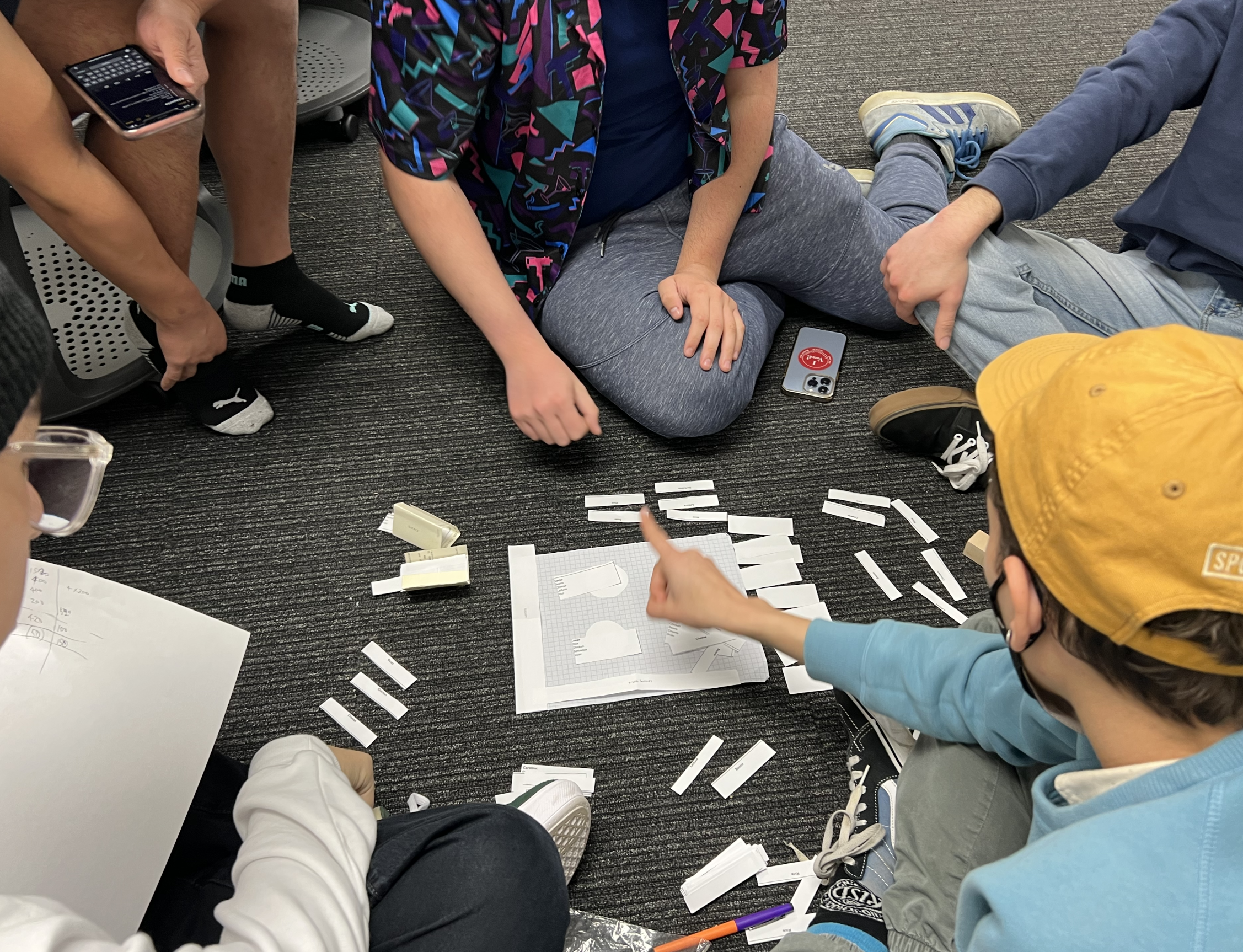
Third Playtest:
At the beginning of the game, the cashier mentioned “I’m doing math in this game? I’m actually happy about that.” By the end of the game, they joked “this math is an insult to my double degree.” Throughout the game, they meticulously noted down each ingredient they bought, the profit from each customer, and the total losses. We realized that managing this much information is too much of an onus on one person; it should be simplified. While adjusting the value of each object to help balance the game, we also simplified the profit and expense mechanics.
Because they were pressured by time, the playtesters neglected to flip over a new scenario card at the beginning of each round. Adjusting for this, we modified how the timers worked in the game. Now, players will flip over the scenario card at the beginning of the round, then they start a round timer. One major change to the time pressure of the game is when the timers are flipped; instead of flipping a timer for each customer, players flip the timer per table. Now, players must fulfill as many customers’ orders as possible in this time frame.
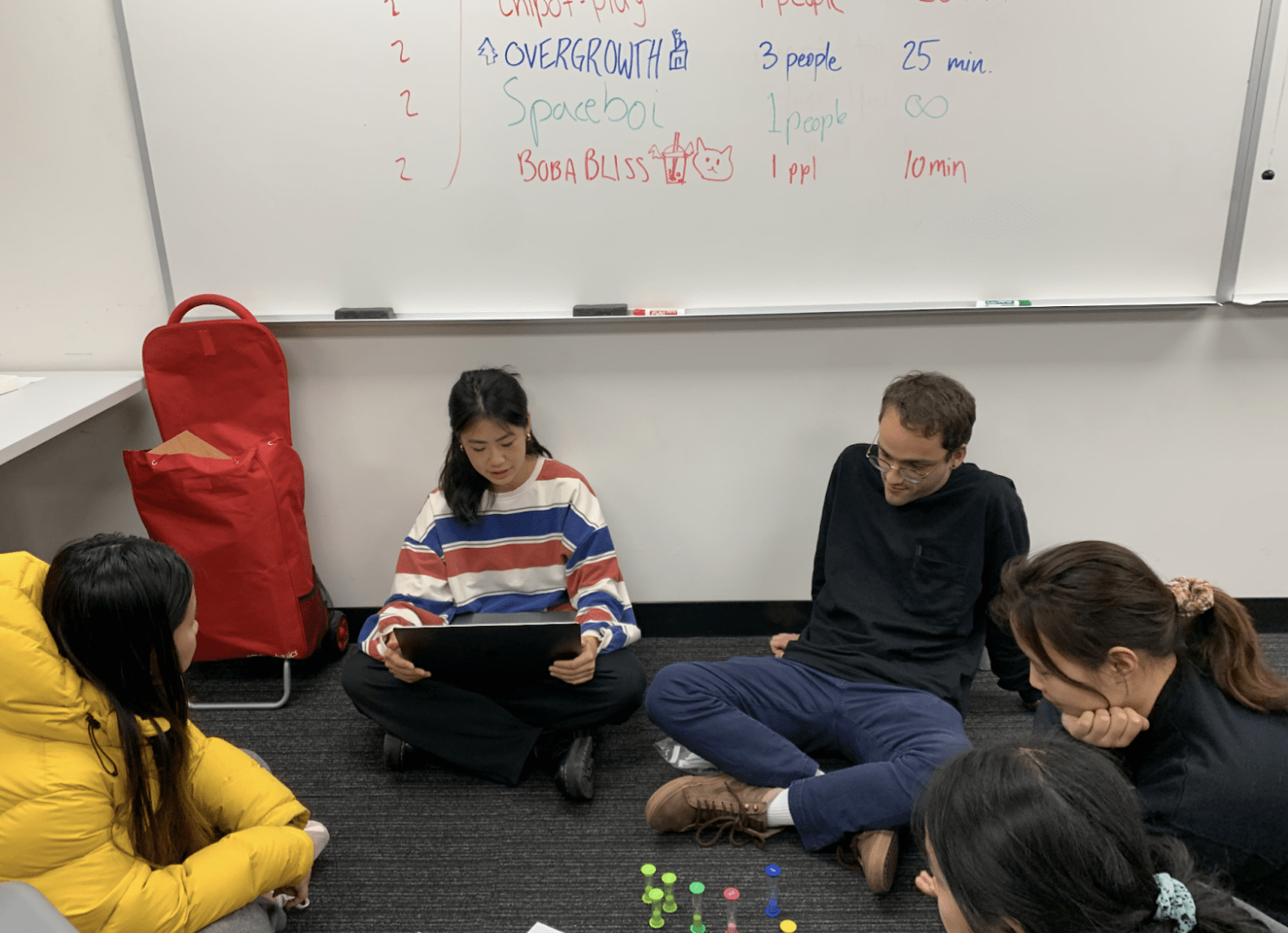

Fourth Playtest:
In this playtest, the game was nearing final completion. At this point, we were focusing on the smallest minutiae to balance the game. We paid close attention to action usage, the number of tables, rule adherence, and pricing. The biggest change in this iteration is adding a new “corporate” character. Because of the fast-paced nature of the game, the players often neglected to flip over customers when they were supposed to. This violation of the rules hindered the flow and purpose of the game, but we couldn’t incentivize them to follow it. To address this, we added a “head honcho” role. This person is responsible for managing the flow of the game, such as flipping over new customers and ensuring no cheating / wrong orders are made.
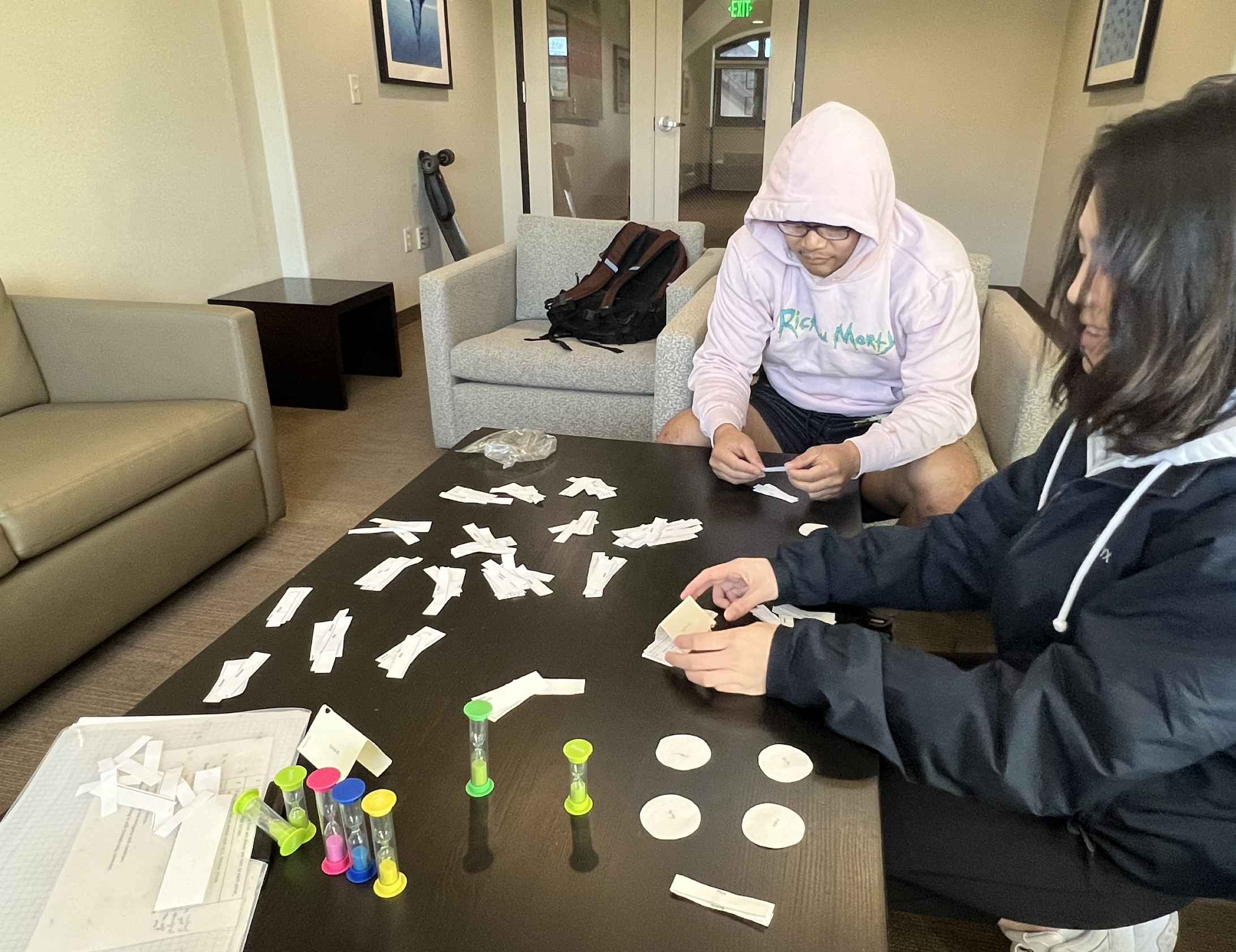

During this playtest, players were having so much fun that their excitement / voice / volume levels triggered one of the team member’s Apple Watch to display a “Loud Environment” notification. 90dB is the same sound intensity as a subway train.
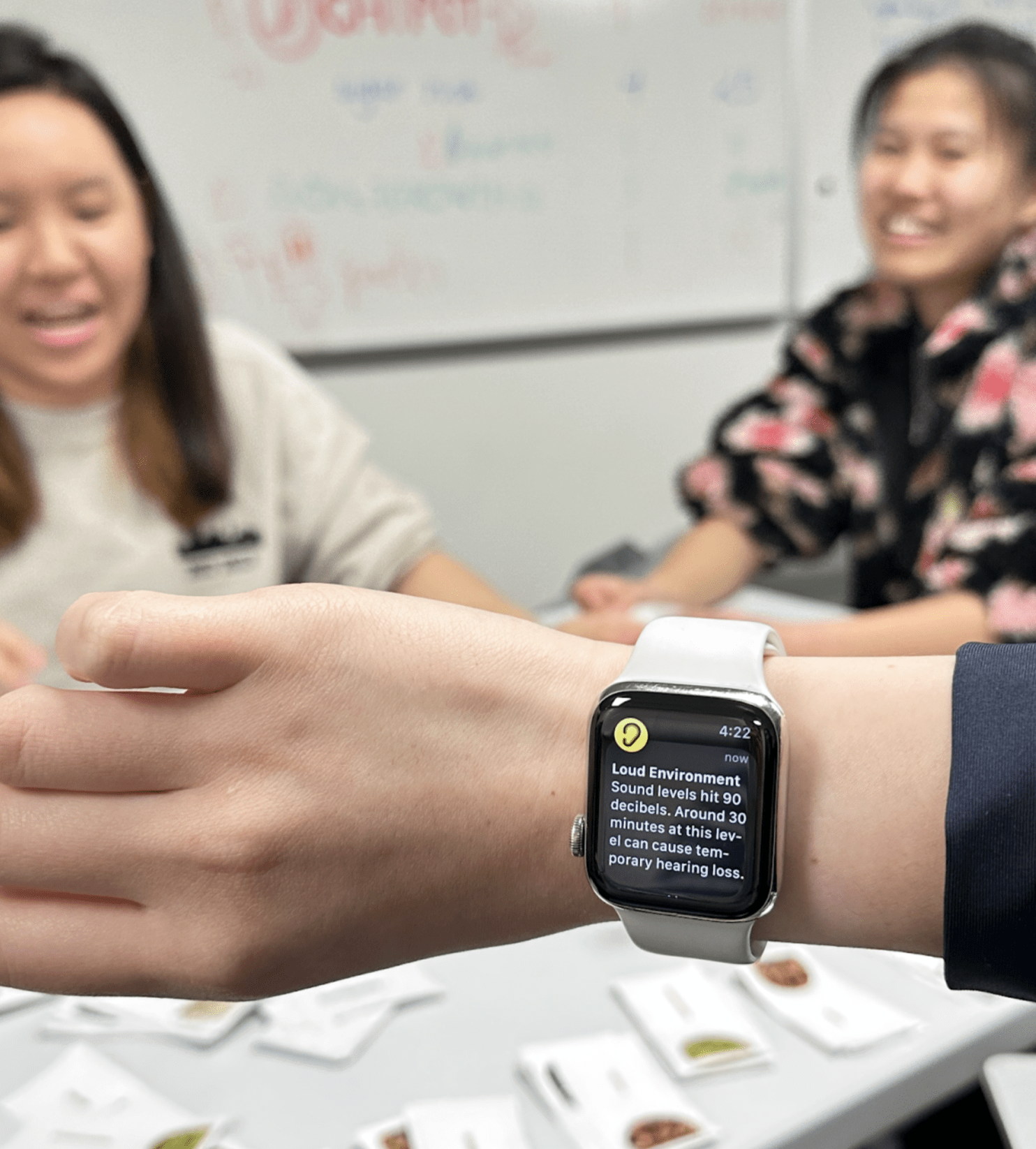
Detailed playtest notes linked here.
Printable Deliverable:
Linked here.



